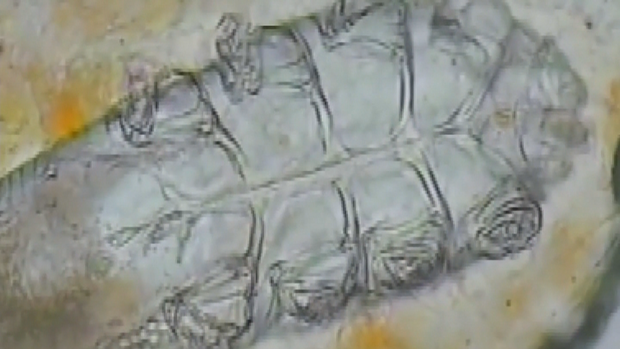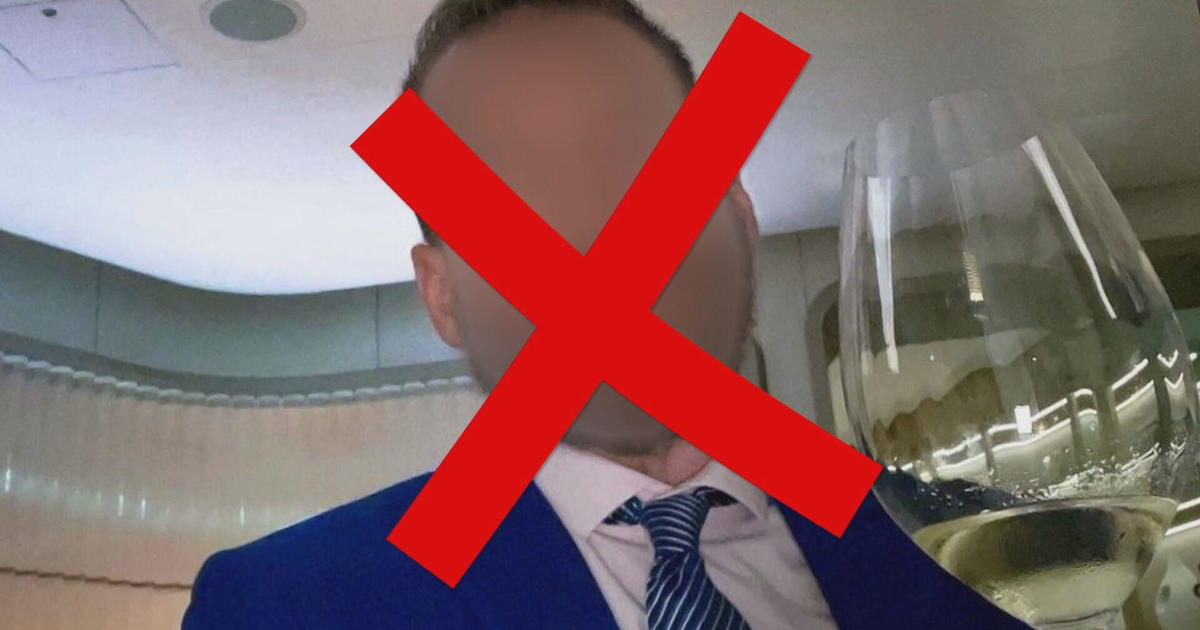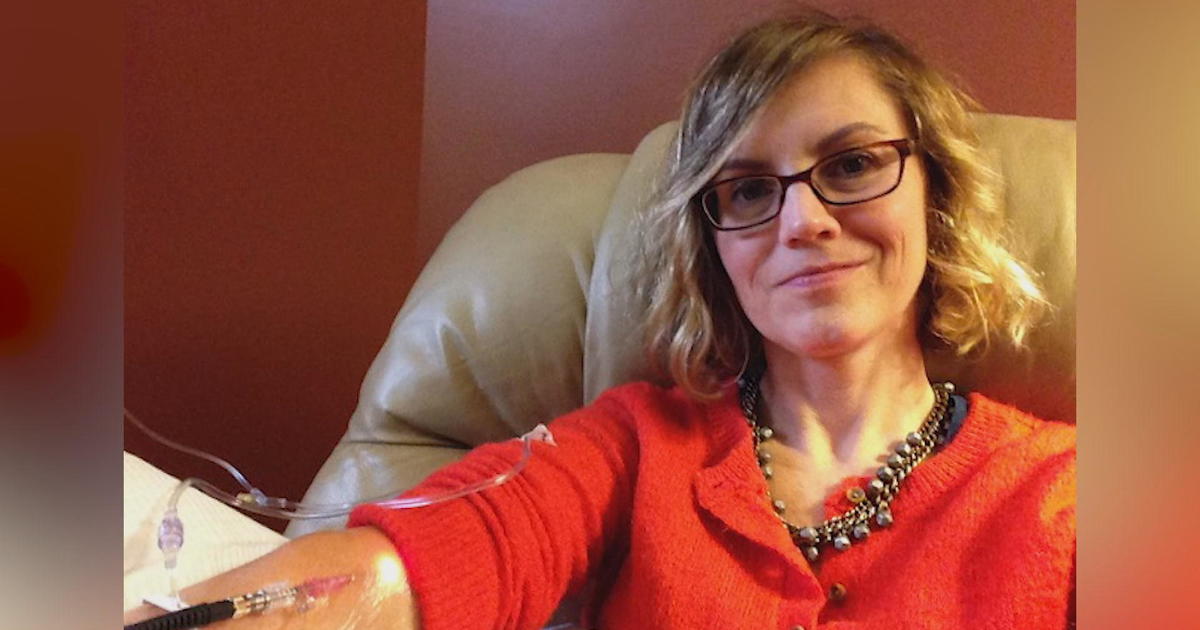'It's Really Gross': Doctors Warn Lice Could Be Lurking In Popular Eyelash Extensions
PHILADELPHIA (CBS) -- There is a new warning from doctors who say popular eyelash extensions are turning into a beauty and the beast situation. This warning is about semi-permanent false eyelashes many women get this time of year for the holiday season.
Doctors say when they're not used properly, they can attract a microscopic problem that can cause an itchy infection.
Eyelashes are a huge beauty trend, but there could be something lurking in those lush lashes -- lice.
"That's disgusting," one woman said.
You can't see them with the naked eye but you can see the dander or debris they leave behind.
"It's really gross," said another woman.
Doctors say they are seeing more patients with the little mites.
"The medical term is a demadex. It's a mite that grows on the eyelashes and burrows into the lashes and causes chronic inflammation and irritation," Dr. David Samimi said.
Better known as head lice, they usually thrive on the scalp and tend to spread among children in school outbreaks, but they can also get into eyelash follicles.
"I typically see them on patients that have multiple recurrent styes, but patients with eyelash extensions, almost routinely, we do see more signs of irritation and inflammation and likely demadex," Dr. Samimi said.
These are what the small mites look like under a microscope.
Doctors say they seem to be worse in people wearing lash extensions because of the foreign body around the eye and they're hard to clean.
"I think they do harbor more dirt and debris and probably promote the growth of these demadex lice," Dr. Samimi added.
According to doctors, washing and cleaning are the best ways to remove, prevent and treat eyelash lice.
"Cleaning with tea tree oil at the base of the lash to try and remove all the debris, we also do deep cleanings," Dr. Samimi recommends.
The average treatment takes about six weeks.
Eyelash lice should be professionally removed by a doctor and antibiotics are sometimes prescribed.
Treatments used on the scalp are not recommended and can be dangerous to the eye.




